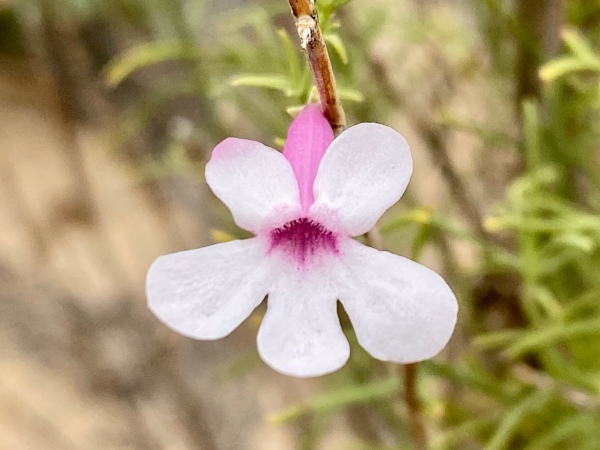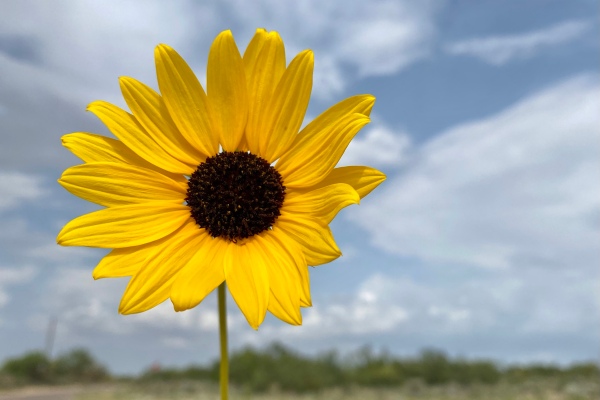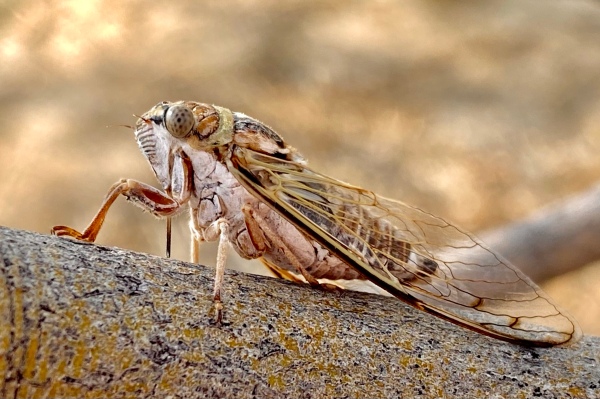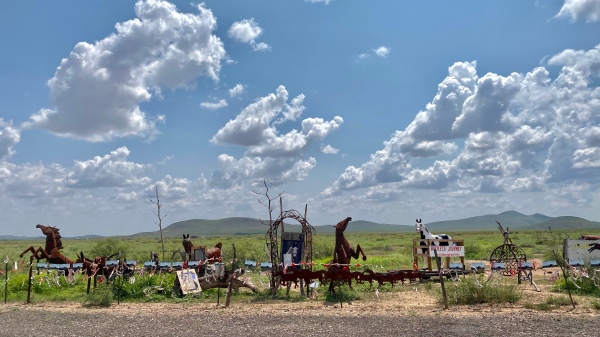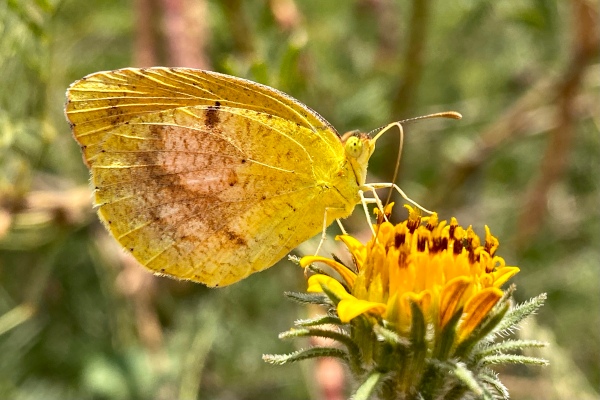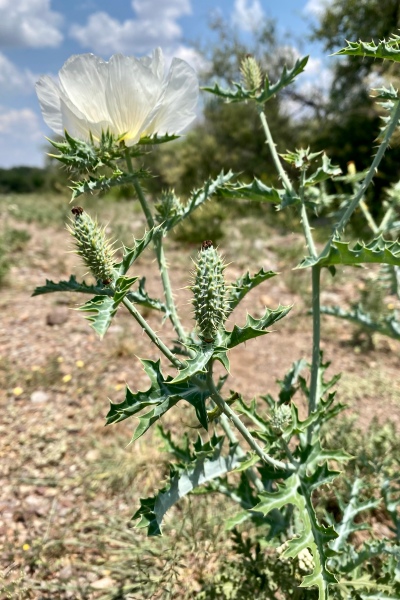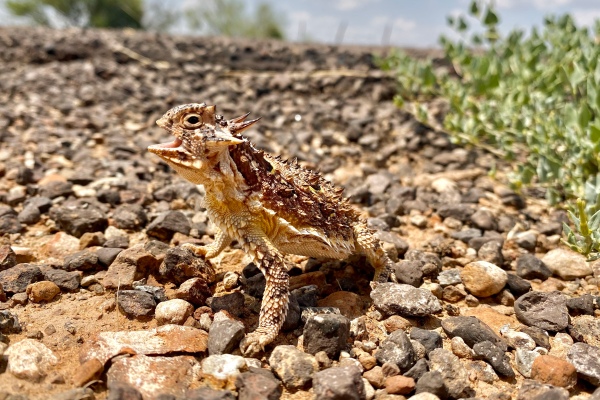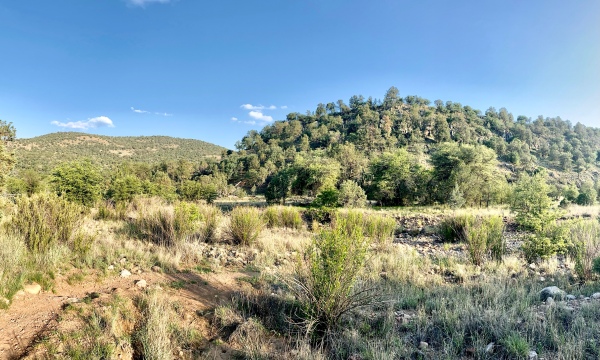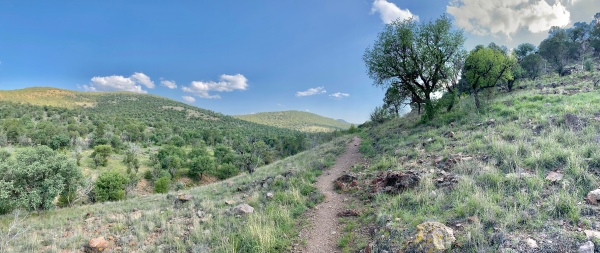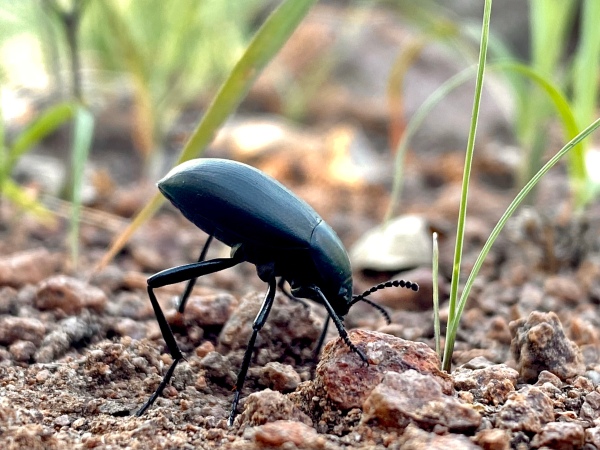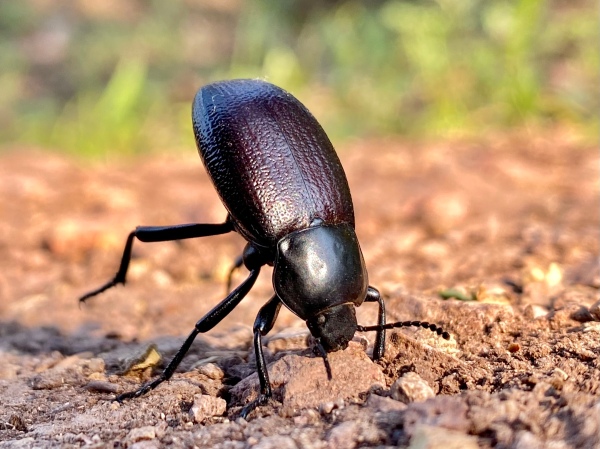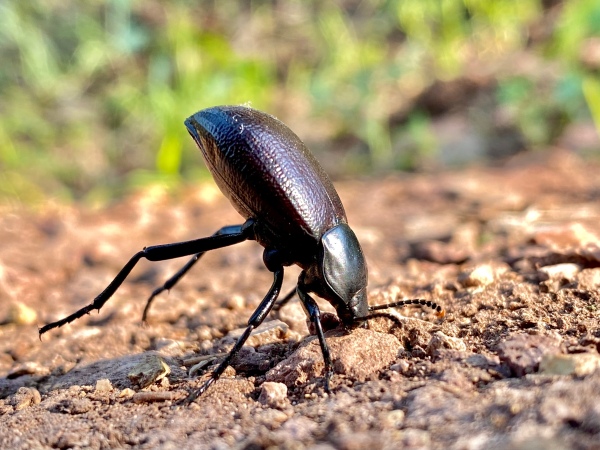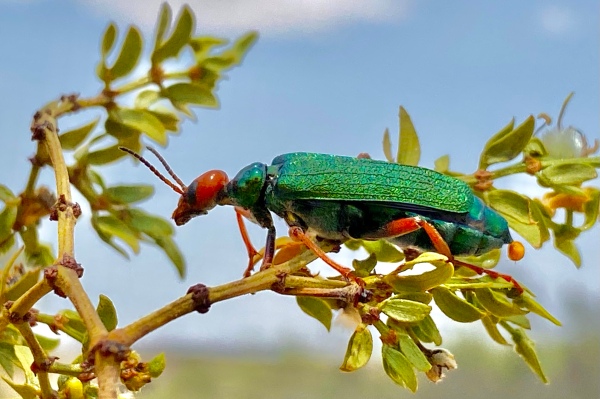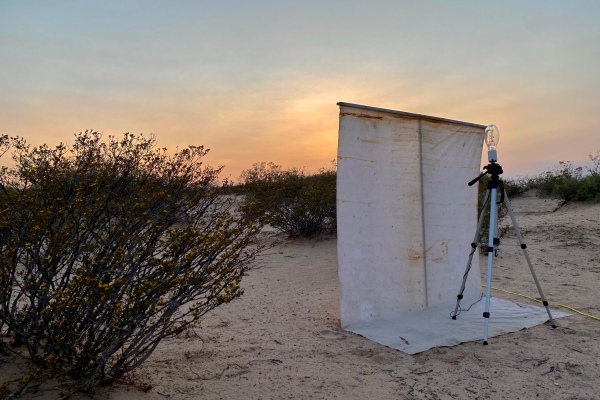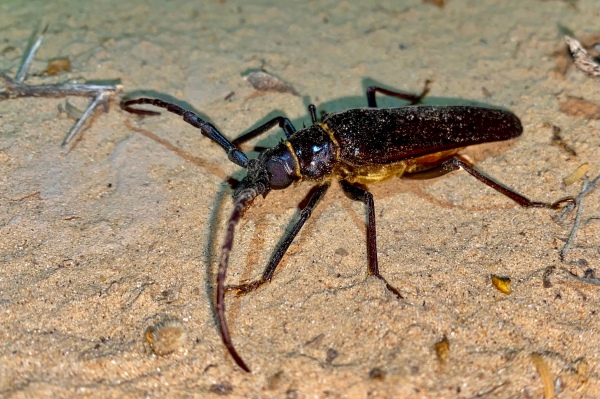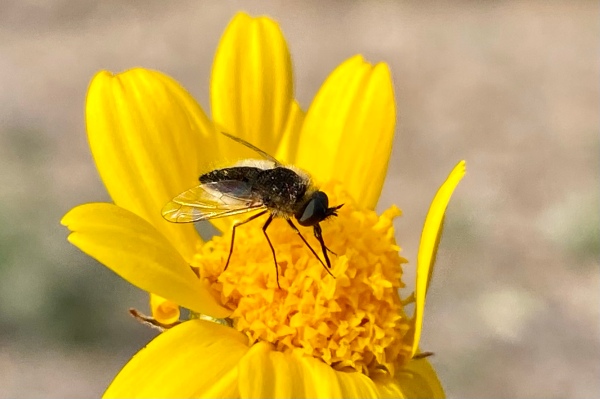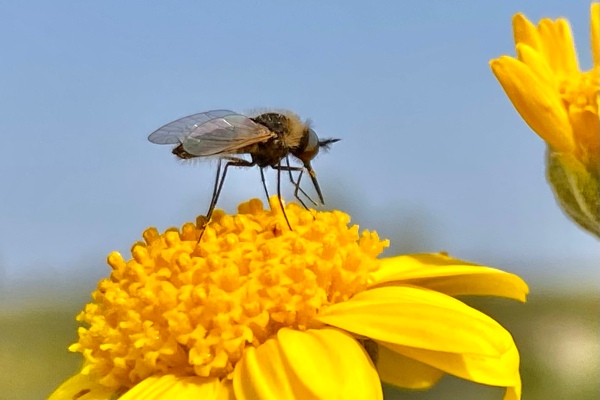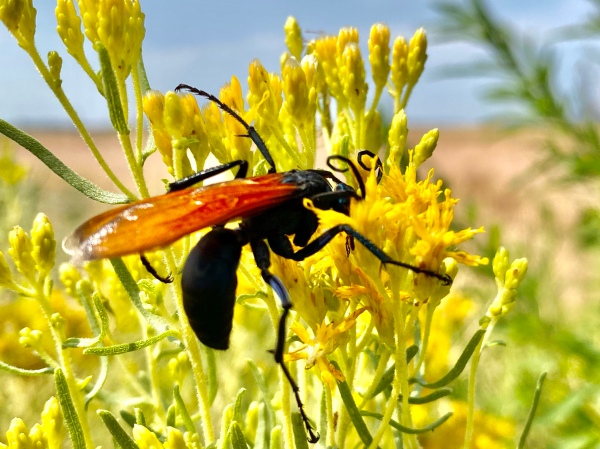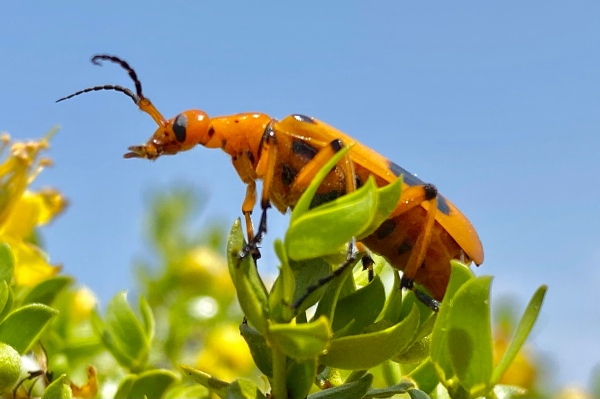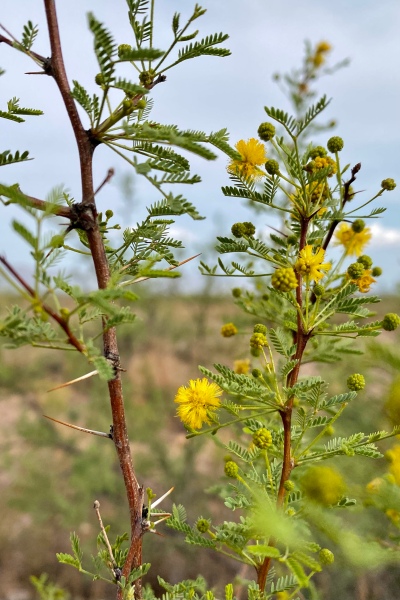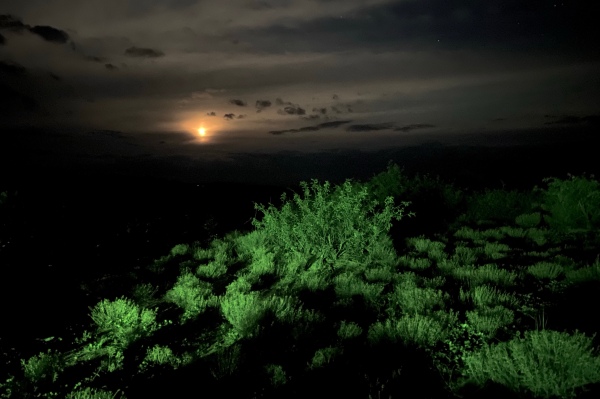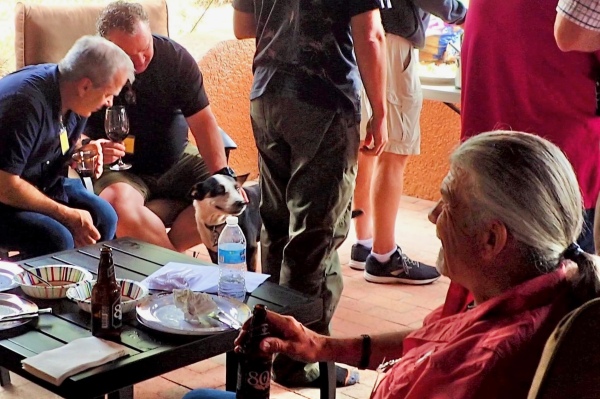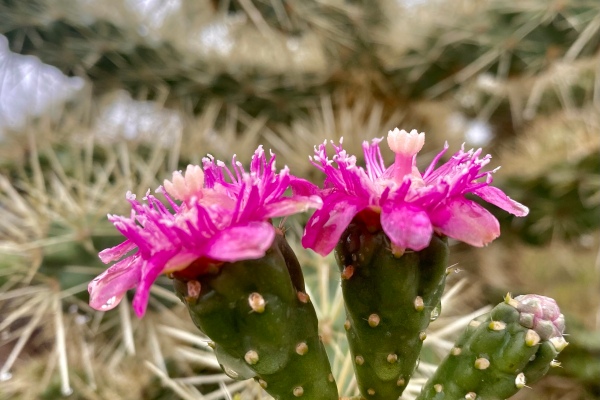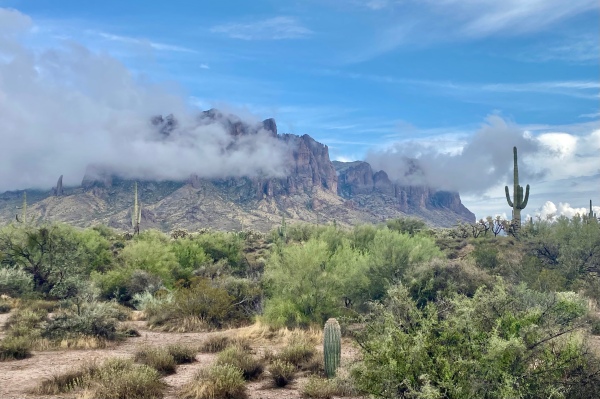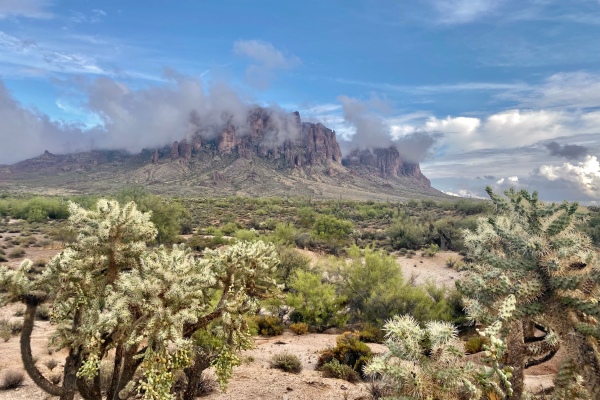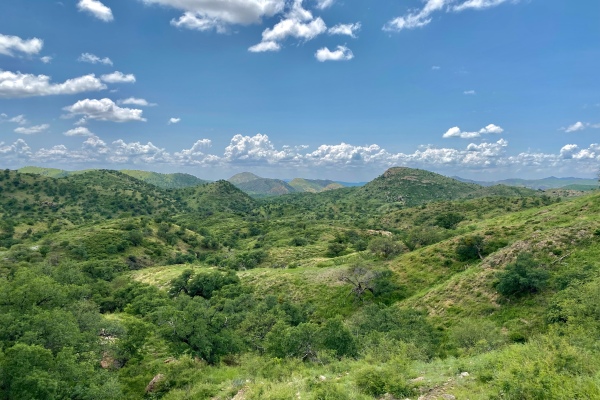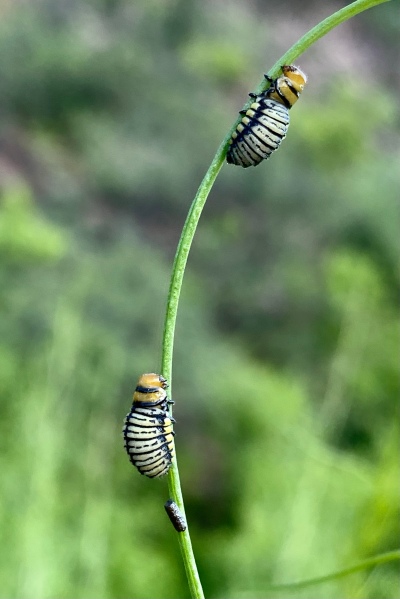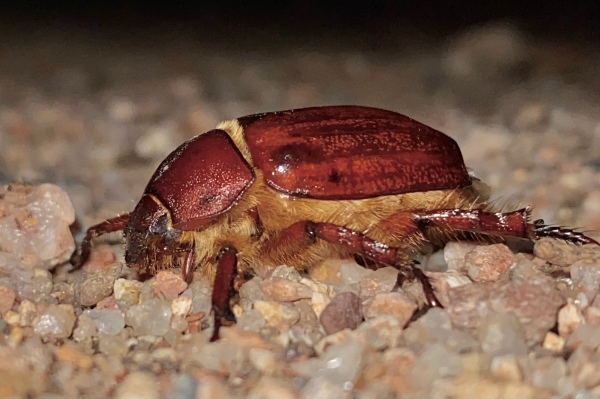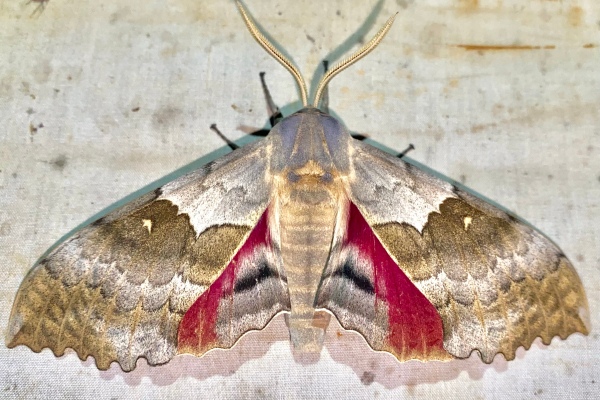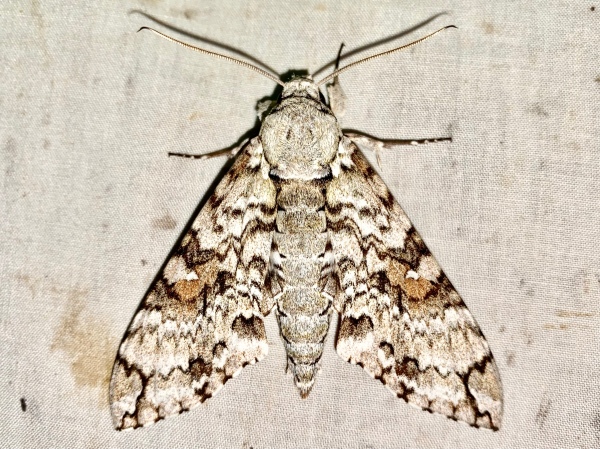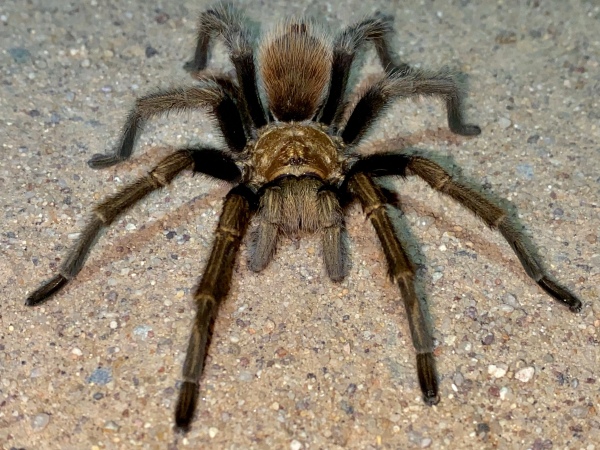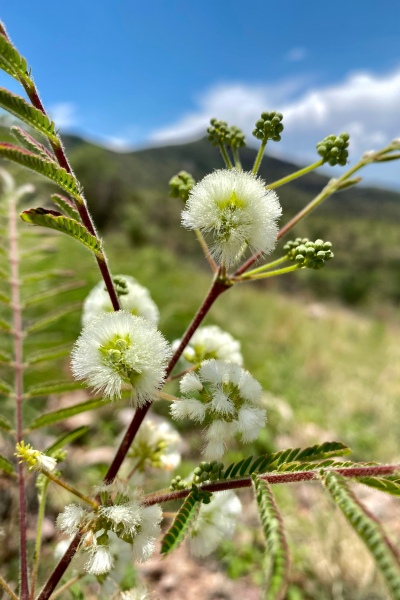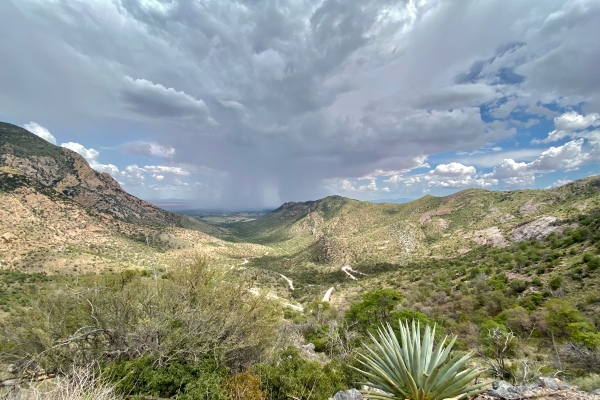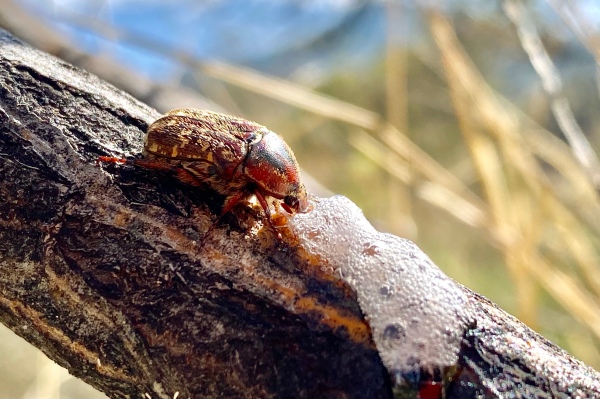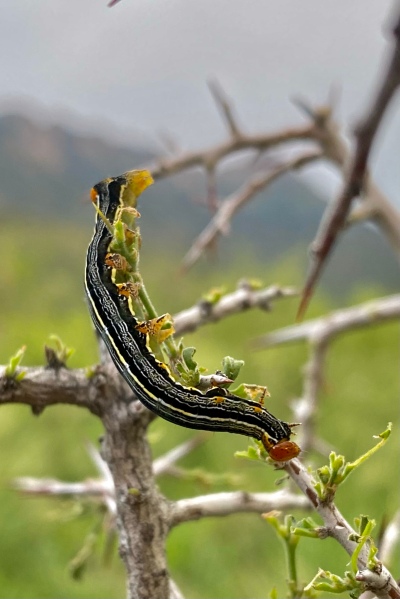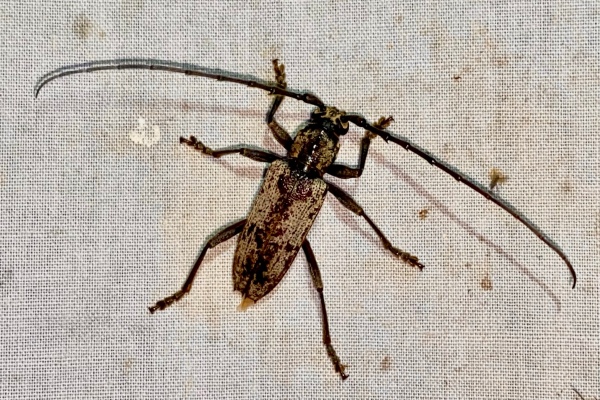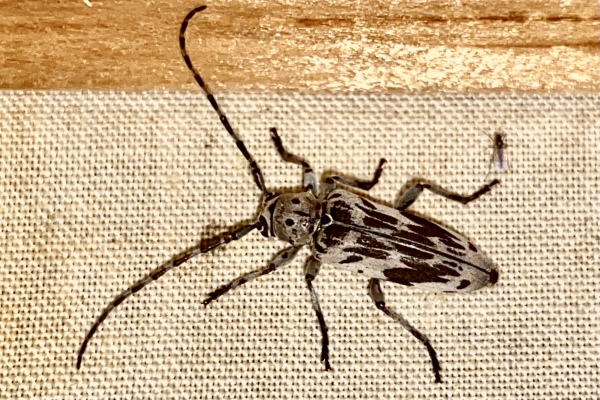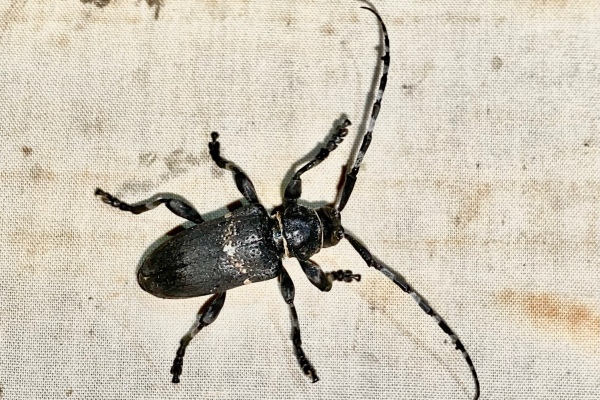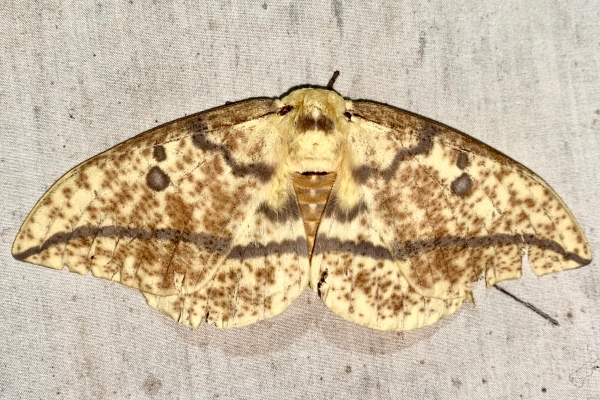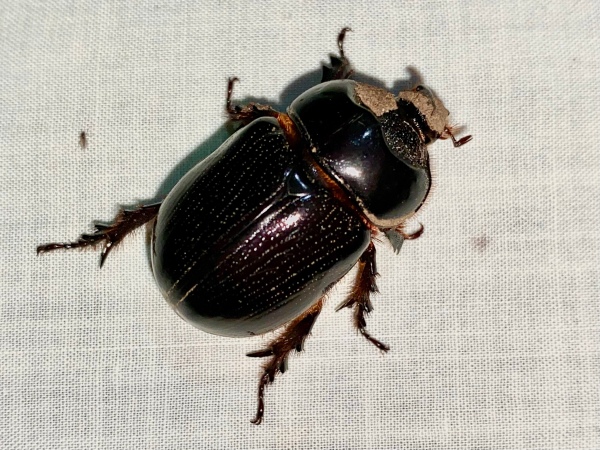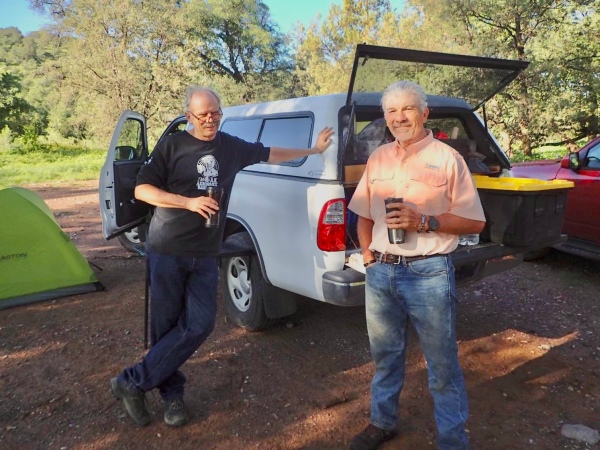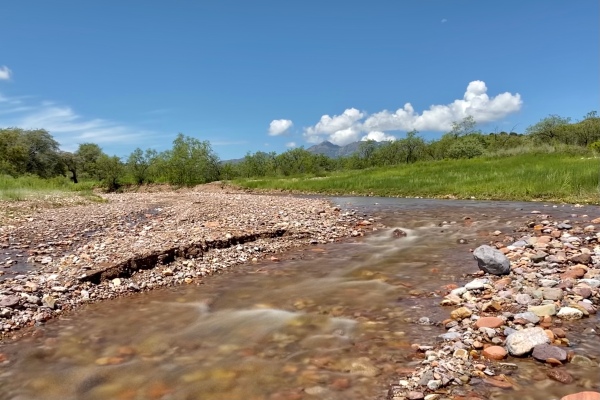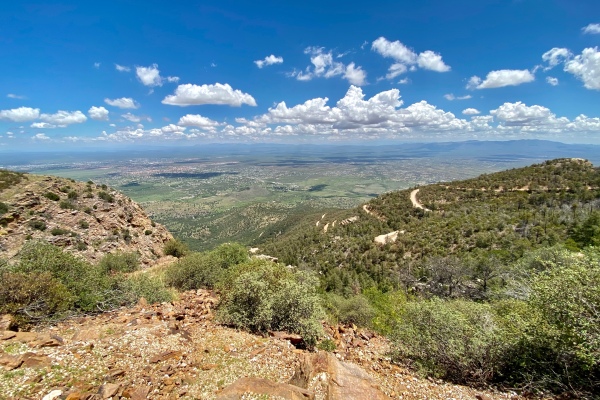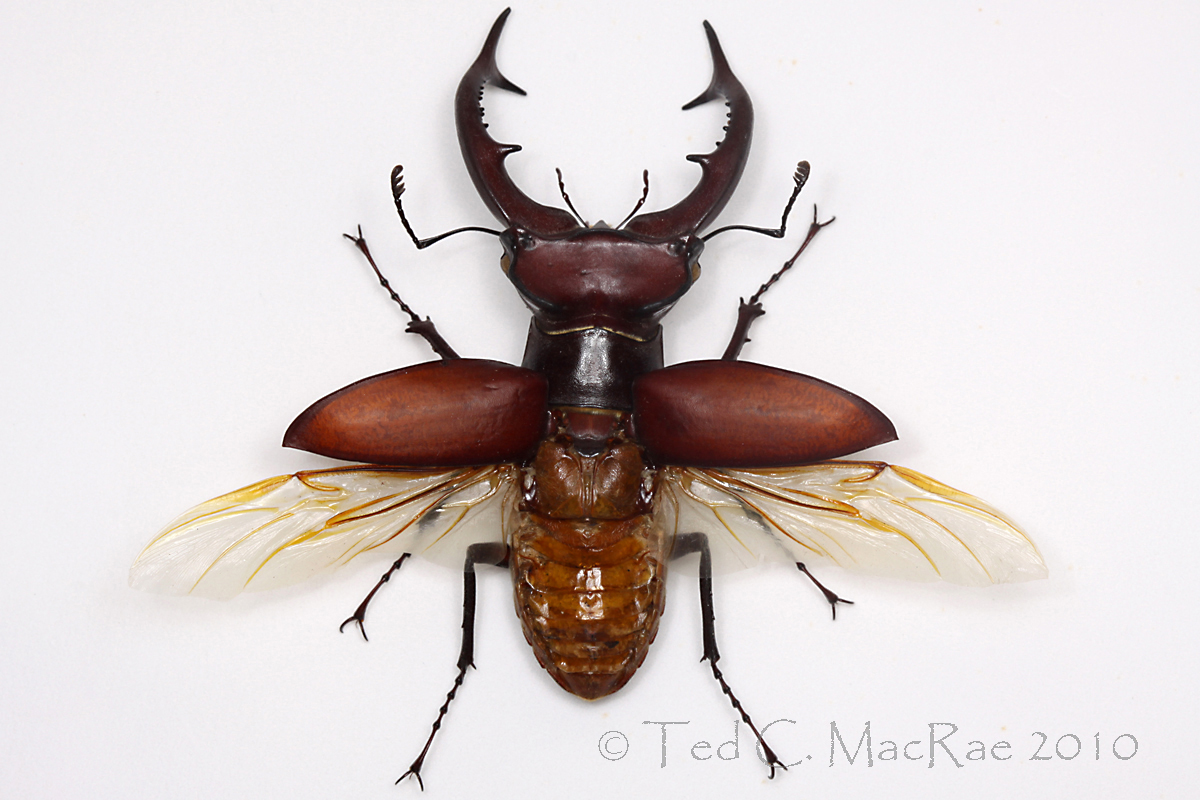Back in mid-July, I was fortunate to have the chance to host a couple of beetle colleagues from out-of-state and to show them a few of Missouri’s premier habitats. Art Evans is a scarab specialist from Virginia who has published several books on beetles—most recently “Beetles of Eastern North America” and “Beetles of Western North America.” Bob Anderson is a weevil specialist from the Canadian National Collection in Ottawa. I’ve been in the field with Art a couple of times, both out west in Arizona, while this is my first time in the field with Bob. They are passing through as they work their way west for a 4-week collecting trip, and since neither has ever collected in Missouri it was a perfect opportunity to spend a few days together.
Sand Prairie Conservation Area
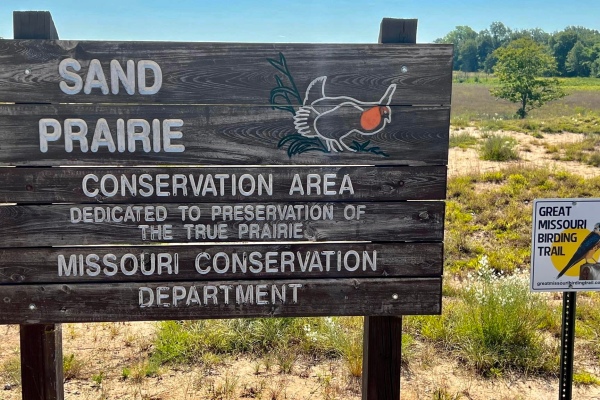
We met up at Sand Prairie Conservation Area in southeastern Missouri, which contains a high quality sand prairie remnant—one of Missouri’s rarest and most endangered natural communities. This is the place where a few years ago I discovered two scarab beetles not previously known to occur in Missouri—including Strategus antaeus (smooth ox beetle), the second largest beetle in eastern North America.

I was hoping there might still be jewel beetles (family Buprestidae) on the Quercus spp. (oaks) and Diospyros virginiana (persimmon) trees ringing the perimeter of the sand blowout area, and my hopes increased when I swept two Dicerca obscura off high branches of the latter. Those would be the last buprestids I saw there. Sweeping the high branches of Quercus marilandica (blackjack oak) and southern Q. falcata (red oak) produced only epitragine tenebrionids.

I looked for live individuals of S. antaeus but, as is typical, only saw bits and pieces of carcasses near the base of certain oaks. Under one I did collect an almost intact female carcass (missing only the head), and the head and pronotum of a super-major male.

Continued sweeping of high branches finally produced something besides epitragines—an Enoclerus sp. Returning to the vehicles, I exchanged my long-handled net for a sweep net and swept the Polygonellum americanum (American jointweed), collecting only a single Cryptocephalus sp. For their part, Bob and Art collected a small variety of beetles, including some weevils that Bob found interesting.
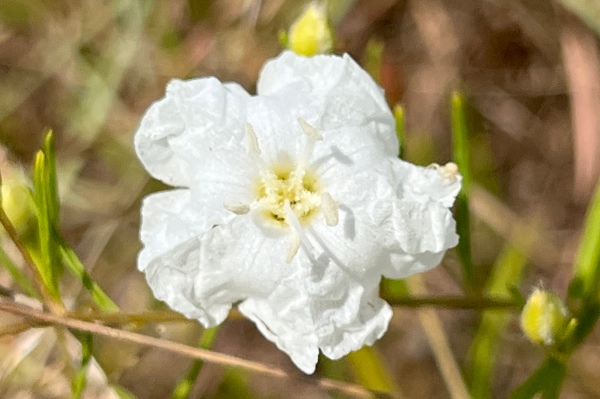
Otter Slough Conservation Area
After Art and Bob had seen enough of Sand Prairie, I took them to Otter Slough Conservation Area. This area features sloughs and wet bottomland forests where I’ve collected many good species, most notably Agrilus concinnus—formerly considered very rare until I determined it to be a later-season species associated with species of Hibiscus (rose mallow)—and an undescribed species of Taphrocerus that I’ve found on Carex hyalinolepis here but nowhere else in the state (despite finding the host plant). I alerted Art and Bob to these possibilities and started down the 2-track where I’ve seen these species before.
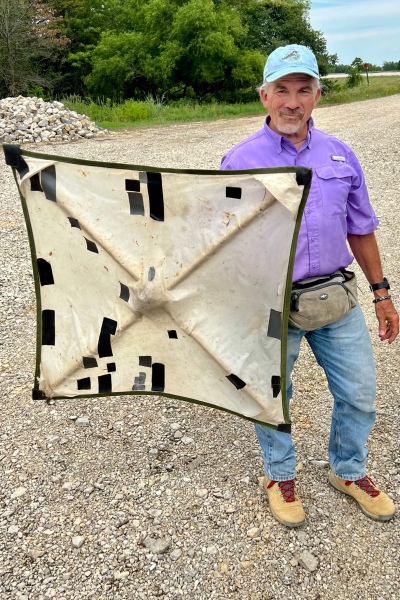
Unfortunately, the 2-track was completely overgrown to the point of being impassable (it’s been many years since I last walked it), so I opted instead to walk the perimeter of Mudsnake Marsh where I’ve also seen the two species. The marsh was dry—first time I’ve seen it like that, allowing me to check Hibiscus plants in the marsh interior as well as along the edge. No A. concinnus were seen on any of the plants—just a few Paragrilus tenuis and good numbers of Chaetocnema quadricollis (hibiscus flea beetle).

Failing to find A. concinnus, I swept the Carex along the perimeter on the edge of the wet bottomland forest side and even in a spot where I had collected Taphrocerus abundantly in previous years, but to no avail and finding instead only one chrysomelid. Collecting was slim at Sand Prairie, and it was even slimmer here at Otter Slough, so it appears seems we have definitely entered the “summer doldrums” stage of the collecting season—at least for beating and sweeping.

Holly Ridge Natural Area
After going into bearby Dexter to get a motel room and eat some dinner (Dexter Bar-B-Q pulled pork—pretty good!), I took Art and Bob to Holly Ridge Natural Area for an evening of blacklighting. I wanted to come here to 1) avoid the hoards of aquatic insects that would come to our sheets if we blacklighted at Otter Slough and 2) give myself a chance (however outside) of getting Saperda obliqua—known from only a single specimen collected at Hawn State Park but likely here as well due to the stands of Alnus serrulata (hazel alder).
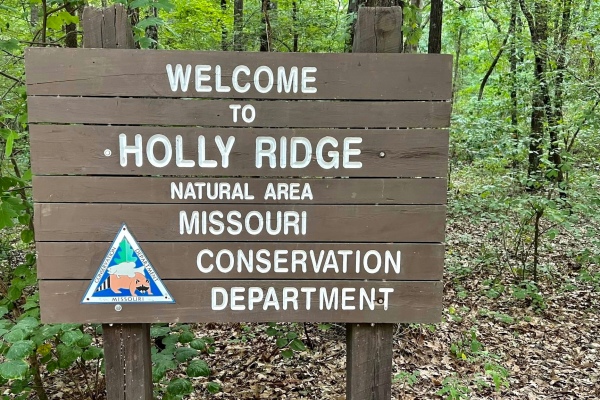
Bob and Art agreed it looked like a good spot to blacklight when we arrived, so Art placed his light setup in the parking lot, while I placed mine about 100 meters into the mesic lowland deciduous forest. I had high hopes for the evening—it was warm (89°F) and humid, and we were two days past the full moon so moonlight would not be an issue for at least two hours after sunset.
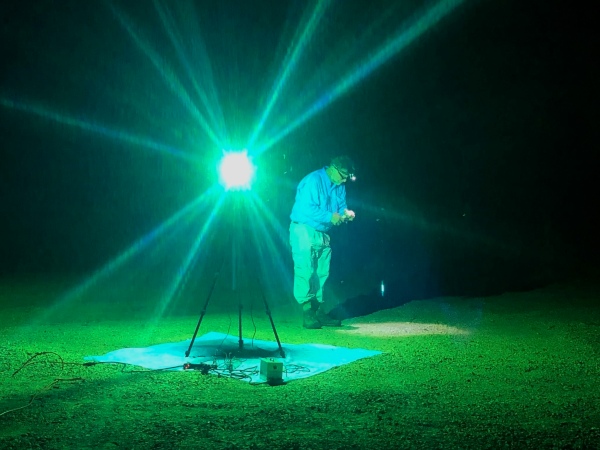
A lot of insects ended up coming to the lights, but not a lot of cerambycids (and certainly not S. obliqua). Nevertheless, I picked up one Enaphalodes atomarius and a few Lepturges confluens, along with some telamonine treehoppers and other miscellaneous beetles—all at my light setup.
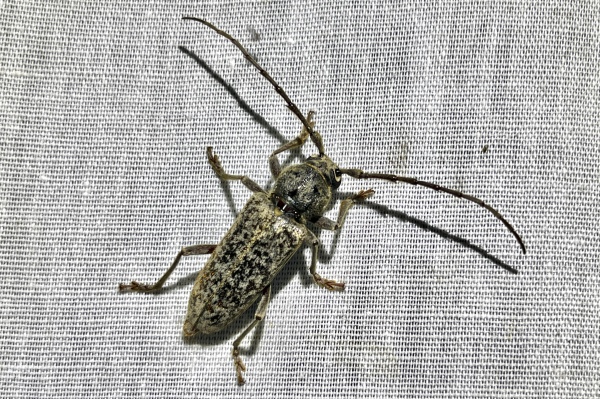
We also saw Elytrimitatrix undata and several other miscellaneous beetles on the trunk of a large standing Quercus sp., and E. atomarius and another E. undata at Art’s lights, all of which I let him collect. He was also happy to see the many Lucanus capreolus and Neocicada hieroglyphica that came to both our lights. By 10:30 pm few additional insects were coming to the lights, so we broke them down and heads back to Dexter.
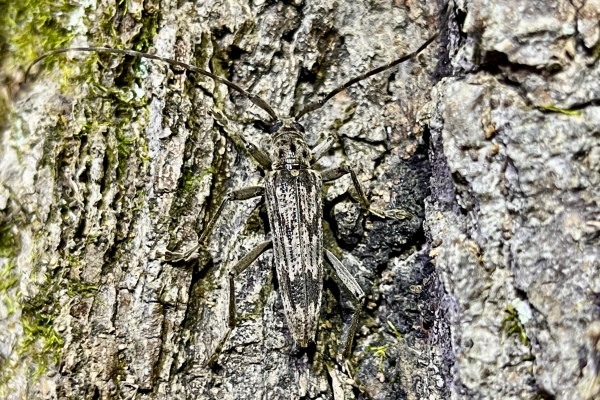


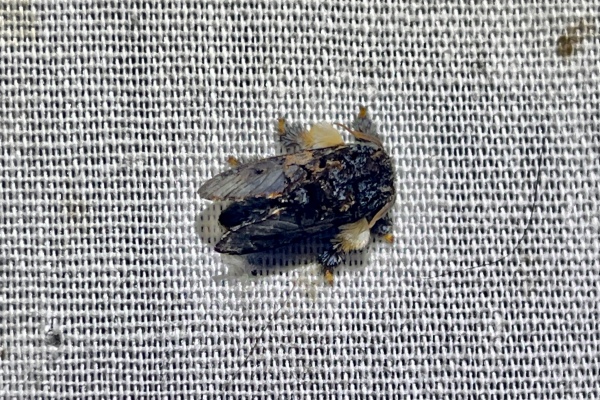

Long Bald Glade Natural Area
It took us all morning to drive across southern Missouri to reach this near the easternmost limits of the White River Hills, a fantastic region in the extreme southwest of Missouri featuring dry oak/juniper woodland surrounding extensive dolomite glades atop rounded knobs. It is my favorite region of the state for collecting insects, and I wanted Art and Bob to see the area before they continue on to western Texas. I also have jug traps and a Lindgren funnel trap placed here, so coming here would give me a chance to service them before checking the rest during the next two days on the way back to St. Louis.
By the time we arrived, temperatures were already soaring, and I was disappointed to see that conditions were very dry. Nevertheless, you never know how collecting will be until you try. I started out by checking the Lindgren funnel trap, which I had placed in actively-restored dry post oak woodland and was pleased to see a variety of beetles, including a series of Neoclytus scutellatus. In addition to re-baiting with ethanol-only, I added a pheromone lure (Fuscumol Lure MR, #P655-MR, Chemtica International) to the trap to increase the attractiveness of the trap to cerambycids.
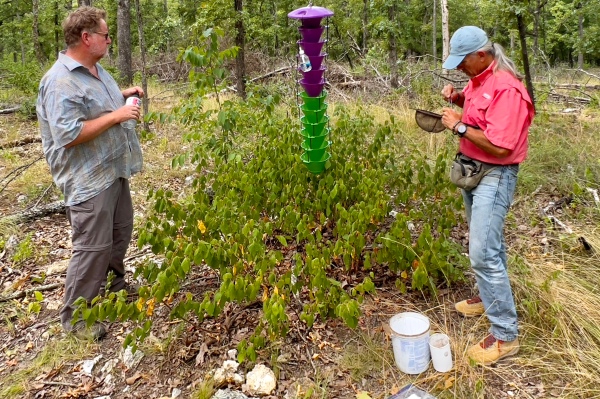
The ethanol/red wine trap had a nice variety of beetles that caught the attention of Art and Bob and included Plinthocoelium suaveolens, Stenelytrana emarginata, Eburia quadrigeminata, undetermined elaphidiines, Euphoria fulgida, E. sepulchralis, Cnephus mutilatus, miscellaneous beetles, and a cicada. The ethanol-only trap, however, was much less productive, yielding no cerambycids and just one E. sepulchralis, a few C. mutilatus, and some miscellaneous beetles. This continues the trend noticed four weeks ago during the first round of trap collections, when it appeared that the ethanol/red wine traps yielded higher numbers and diversity of not only beetles but also bycatch of other insects (primarily moths, flies, and wasps), suggesting that red wine possesses additional components attractive to beetles that more than make up for the reduction in ethanol content resulting from mixing the two.


The condition of the glade vegetation was extremely dry, and as I walked between the traps I didn’t see a single plant in bloom. I encountered Bob on the way back to the car and mentioned this to him, and I suggested to both Art and Bob that instead of spending time here we should look at locations further west that may have gotten more rain. They agreed, so we cut our visit short and headed further west.
Mincy Conservation Area
As we traveled west, we passed two locations where I had placed traps, but the entire area still looked exceedingly dry so we didn’t stop. By the time we reached Branson, however, conditions looked much better, and I suggested to Art and Bob that we visit Mincy Conservation Area just south of town since we were now in an area that looked like it had received some rain. Mincy is another of my favorite localities in this area due to the presence of high-quality dolomite glades, and in fact it is one of the localities where I have placed jug traps. Beetle numbers and diversity were much higher in the ethanol/red wine trap, which had Plinthocoelium suaveolens, Eburia quadrigeminata, elaphidiines, Neoclytus scutellatus, Strangalia luteicornis, Acmaeodera texana, Cotinis nitida, Euphoria fulgida, E. sepulchralis, elaterids, Cnephus mutilatus, mordellids, and a cicada, while the ethanol-only trap yielded most of the same but in lower numbers. While servicing the traps, I noticed an Acmaeodera on the flower of Liatris hirsuta (hairy blazingstar). I at first assumed it was A. pulchella, a common summertime species here, but looking more closely at it I realized it was A. texana, a very uncommon species in Missouri that I have not seen for many years. I looked at other Liatris flowers but didn’t see any, so I swept the surrounding herbaceous vegetation of this xeric dolomite prairie and found one more (plus a few chrysomelids). We had originally planned to go further west to Roaring River State Park for an evening of blacklighting. Hiwever, seeing that the vegetation looked good here and that the area had obviously gotten some rain, I suggested that we stay here instead of taking a chance on moving to an area where we were not sure what conditions were like. This also would allow us to spend more time collecting—we could go into Branson for dinner and return here quickly rather than driving another hour to Roaring River. Art and Bob agreed this was a good idea, so we headed into town and enjoyed Mexican cuisine at Los Poblanos (I had crispy tacos and, in a true rarity, resisted the siren call of the beans, rice, chips and salsa that would have totally derailed my 3-week stretch of healthy eating).

We returned with still about an hour before it would start getting dark, so I decided to continue sweeping the glade vegetation to look for more Acmaeodera texana. I paid particular attention to any flowers (primarily Liatris hirsuta and Rudbeckia missouriensis), since those were the plants most likely to have the beetles on them. Most sweeps, while not yielding A. texana, did produce hispine leaf beetles in the genera Anisostena and Microrhopala—certainly interesting enough to collect and motivate me to continue sweeping. After going through one particular area and looking at the sweep contents on the net, I saw the unmistakable shape of an Agrilus. This was not, however, just any Agrilus, but rather A. impexus—one of North America’s rarest Buprestidae! I recognized it because some years ago I received two specimens from another person who collected them sweeping prairie vegetation at Ha Ha Tonka State Park in west-central Missouri. I identified them as this species but noted they were much larger than specimens collected commonly in the southwestern U.S. I sent the specimens to Henry Hespenheide, who not only confirmed their identity but also determined they were not conspecific with a more common but as yet undescribed southwestern species going under the same name. In reality, true A. impexus is very rare, known from only a handful of specimens—most many decades old—collected in the tallgrass as prairie region of the central U.S., and the common but unnamed southwestern species was described as A. paraimpexus. I have swept tallgrass prairies abundantly ever since but failed to find the species—until now. I alerted Art and Bob to the find and worked up to the brink of darkness sweeping the area to look for more. I never did, but Bob, on his last sweep of vegetation before closing darkness, found another (right in the same area where I had collected mine)!
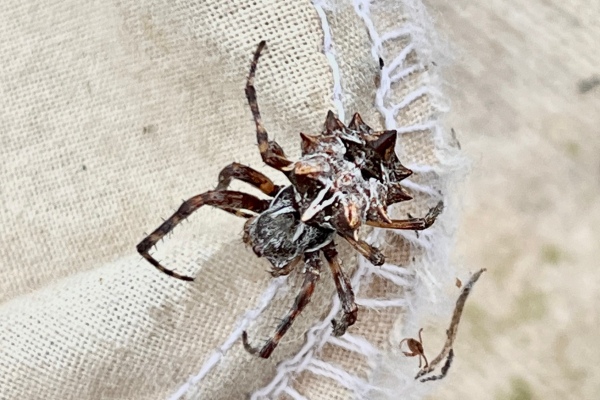
As exciting as this find was, darkness prevented continuing to look for it, and I had to take advantage of what little light remained to setup my lights. I felt a few sprinkles as I did this but didn’t think much about it, assuming it would pass, and fired up the generator. The sprinkles continued, however, and gradually increased to the point where I worried about the mercury-vapor bulb. Art had also set up his lights but waited on turning on the mercury-vapor light, and together we hoped against hope that it would blow over and we would be able to proceed with blacklighting. It was all in vain though, as temps continued to drop and light sprinkles turned to steady drizzle. With darkness well developed and absolutely no insects flying around the ultraviolet lights (which we had left on, it was clear that it would be pointless to continue. With that, we took our lights down and said our goodbyes, as their plans were to head towards Texas in the morning while I went to Roaring River to begin checking the rest of my jug traps as I worked my way back to St. Louis. It seemed an inappropriately inauspicious end to an otherwise successful stop and fun trip with two exceptional coleopterists. I’m already looking forward to the next chance I get to spend time in the field with each of them!

Roaring River State Park—Chute Ridge Glade
First stop of the day to service jug traps, and the area has apparently gotten more rain as the glade vegetation looked reasonably lush. I was hoping to see more Glycobius speciosus here after getting a single individual in the ethanol/red wine trap last time, but that was not the case. The trap was, however, still full of beetles, including numerous Plinthocoelium suaveolens and a variety of other longhorns such as Eburia quadrigeminata, Elytrimitatrix undatus, and elaphidiines, scarabs like Cotinis nitida, Euphoria fulgida, and E. sepulchralis, and other beetles such ad elaterids, one Chrysobothris chlorocephala?, one Chariessa pilosa, mordellids, and Cnestus mutilatus. The ethanol-only trap, as before, had fewer individuals and lower diversity. Between checking the traps, I swept the herbaceous glade vegetation and didn’t get much, but after checking the second trap I swept along the roadside and got five more Agrilus impexus, effectively doubling the known series of this species! I was very happy to have collected more of this very rare species after the two that Bob and I collected yesterday at Mincy Conservation Area.

Hercules Glades Wilderness
The jug traps here didn’t produce much last time, and I wasn’t expecting much this time either. The ethanol/red wine trap had Plinthocoelium suaveolens, Eburia quadrigeminata, a few elaphidiines, one Cotinis nitida, several Euphoria fulgida, a couple of elaterids, and a clerid, while the ethanol-only trap had one cicada, one elaterid, and one miscellaneous beetle. I also collected Cicindela sexguttata and Cicindelidia rufiventris on the rocky-clay path through dry oak-juniper woodland; however, sweeping the herbaceous glade vegetation produced nothing. The area has been quite dry, but I believe the low trap numbers are also due to the lack of vegetational diversity here due to the lack of any management via prescribed burns.
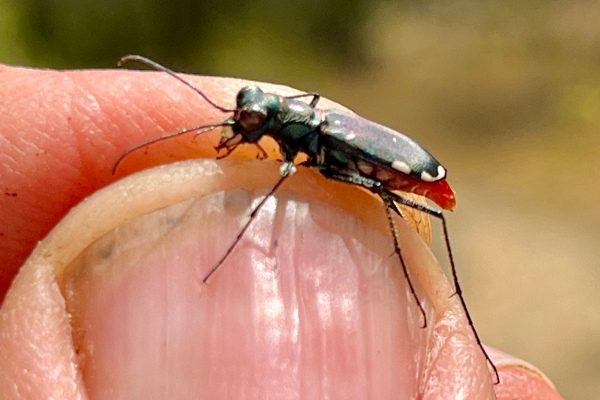
Blackjack Knob
There is lots of Sideroxylon lanuginosum (gum bumelia) at this Mark Twain National Forest site along Hwy 160 in Taney Co., and last time I checked the jug traps here there was already Plinthocoelium suaveolens in them. As a result, I expected to see lots of them this time, and such was the case. The ethanol/red wine trap had nearly three dozen P. suaveolens along with Stenelytrana emarginata, Eburia quadrigeminata, a few elaphidiines, Cotinis nitida, Euphoria fulgida, E. sepulchralis, and elaterids m. The ethanol-only trap had far fewer P. suaveolens (only 2) but similar numbers and diversity of other beetles. The area looks quite dry, but I swept the herbaceous glade vegetation anyway in hopes that I would find more Agrilus impexus. I did not, but I did collect about a dozen Taphrocerus “howardi” (the quotation marks are a story for another day), which was surprising to me given how crispy brown the vegetation looked.

Bald Hill Glade Natural Area
This was my best locality last time in terms of trap numbers (at least the ethanol/red wine trap, not so much the ethanol-only trap). This is also one of two localities where I have a Lindgren funnel trap, which had a nice diversity of cerambycids (Neoclytus scutellatus, Eburia quadrigeminata, Aegomorphus modestus, Xylotrechus colonus, an elaphidiine, and an undet. cerambycid), scarabs (Cotinis nitida, Anomala sp.), elaterids, (scolytines (C. mutilatus), and other miscellaneous beetles. The area looked quite dry—both in the glade proper and in the surrounding dry upland deciduous forest, but trap numbers (again, only in the former) were incredible. In fact, there were so many beetles in the ethanol/red wine trap that I skipped sorting them in the field and brought the whole unsorted catch back to the car to sort out later. Part of this decision was due to the dark line of clouds I noticed to the north and that seemed to be moving closer. I hustled to the ethanol-only trap and quickly sorted its much sparser contents (only three Plinthocoelium suaveolens and a few E. quadrigeminata, E. fulgida, and elaterids), all the time keeping an eye on the approaching front. As I started the half-mile hike back, the winds really started picking up and the temps began to drop, and it became clear it would be a race to reach the car before the skies opened up. There isn’t much that phases me when I’m out in the field, but bushwhacking a half-mile stretch of abandoned, overgrown 2-track under dark, ominous clouds and with increasingly gusty winds had me feeling a bit nervous. I almost made it to the car before the rain started but did get wet in the final stretch. Still, I was able to get out of the area and back onto asphalt before the real deluge started. All traps were re-baited with the same bait, and a pheromone lure (Fuscumol Lure MR, #P655-MR, Chemtica International) was added to the Lindgren funnel. Sweeping herbaceous glade vegetation leading to the ethanol-red wine trap produced only a single Exema sp.
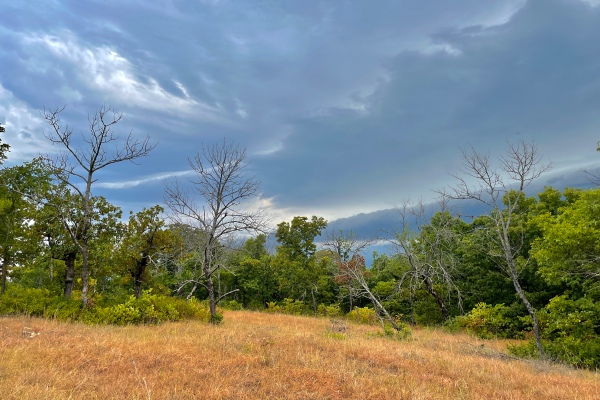
That evening in the hotel room, I sorted the contents of the ethanol/red wine trap and recovered a nice diversity of cerambycids (Plinthocoelium suaveolens, Stenelytrana emarginata, Enaphalodes atomarius, Eburia quadrigeminata, Neoclytus scutellatus, Lepturges confluens, and elaphidiines), one Chrysobothris sp., numerous cetoniine scarabs (Cotinis nitida, Euphoria fulgida, E. herbacea, E. sepulchralis), elaterids, and Cnestus mutilatus, a mordellid, and two miscellaneous beetles.

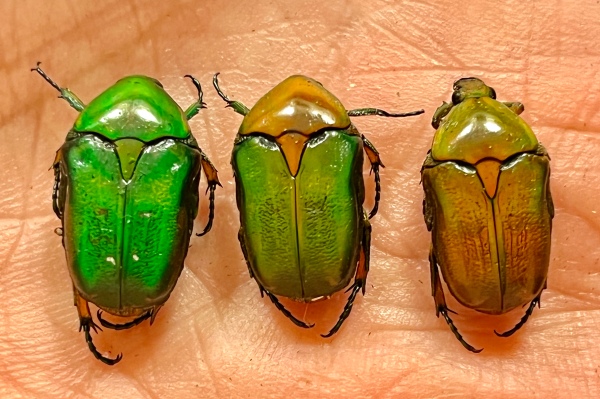
Peck Ranch Conservation Area
I wasn’t optimistic about the jug traps here, since it was rather unremarkable dry-mesic upland deciduous forest—a last minute replacement locality for a dolomite glade that I could not access due to a closed gate. The area got a good rain last night and looked lush anyway, and as it turned out there were huge numbers of beetles in the ethanol/red wine trap. These included one Plinthocoelium suaveolens—unexpected, since I didn’t think there was any gum bumelia in the area, a nice series of Stenelytrana emarginata, lots of Eburia quadrigeminata, Cotinis nitida, and Euphoria fulgida, single specimens of Neoclytus scutellatus, Strangalia luteicornis, and Batyle suturalis, Euphoria sepulchralis, Trigonopeltastes delta, and Chrysobothris sp., and a handful of elaterids, Cnestus mutilatus, and other miscellaneous beetles. As at most previous spots, the ethanol-only trap had fewer numbers and lower diversity of beetles, although this did include one Lepturges sp. not caught yet in ethanol/red wine. Given the success with sweeping at previous spots (Agrilus impexus as two locations and Taphrocerus “howardi” at the last one), I decided sweep the herbaceous roadside vegetation in this dry mesic upland deciduous forest and got singletons of Taphrocerus nicolayi, Acmaeodera pulchella, and Exema sp.—the Taphrocerus definitely making the effort worthwhile.

Stegall Mountain Natural Area
I was not a fan of this spot when I set the traps in mid-May given the fact that the spot and a large surrounding area had been recently burned. Despite that, I did get Purpuricenus in one of the traps last time, so I was more optimistic about it this time. As with the previous spot the area looked lush and got good rain yesterday, and as with the previous spot there were huge numbers of beetles in the ethanol/red wine trap, the most exciting of which were Stenelytrana emarginata, Purpuricenus humeralis, and Knulliana “spinifera” (I think this may actually be an undescribed species). Other longhorns in the trap included lots of Eburia quadrigeminata, Neoclytus scutellatus (may include a few N. mucronatus), and elaterids and small numbers of Batyle suturalis, Enaphalodes atomarius, Lepturges sp., Chrysobothris/Actenodes, Euphoria fulgida, E. sepulchralis, Cnestus mutilatus and other miscellaneous beetles. I was especially happy to see Purpuricenus once again—the first of this trip. Again, the ethanol-only trap had fewer numbers and lower diversity of beetles, but this did include a single specimen of Phaenops aeneola—only the second known Missouri specimen (I collected the first many years ago at this very location)! Sweeping herbaceous vegetation in the xeric rhyolite prairie around Trap A and dry oak/pine woodland around Trap B produced nothing, but doing so along the roadside in the oak/pibe woodland produced Microrhopala vittata and Exema sp.

Russell Mountain, Jakk’s Glade
This area also looked lush and got more good rains last night. The ethanol/red wine trap was down last time (not vandalized, I just failed to tie the knot on the carabiner securely), so I was anxious to see what it might produce. Like the previous spots on this side of the state, there were huge numbers of beetles in it, including Stenelytrana emarginata, Purpuricenus humeralis, Eburia quadrigeminata, Knulliana “spinifera”, Neoclytus scutellatus (may include a few N. mucronatus), Enaphalodes atomarius, Strangalia luteicornis, undetermined elaphidiines, Chrysobothris sp., Cotinis nitida, Euphoria fulgida, E. sepulchralis, and undetermined elaterids (including many very tiny ones that I didn’t collect). The large series of Purpuricenus was unexpected and quite nice and means I’ve now collected species in this genus in all three of the igneous glades where I placed traps (but none in any of the dolomite glades—the opposite of what I expected given the number of individuals of this genus I’ve bait-trapped over the years at dolomite glades in Jefferson Co.). I was also surprised and happy to see the Knulliana, which I think is actually an undescribed species—they looked very similar coming out of the trap as the much more abundant Eburia, so I’ll have to check the collected specimens (both from here and other locations) more closely to see if there are other specimens that I’ve counted as Eburia. As expected, the ethanol-only trap again had far fewer numbers and lower diversity of the same species plus a single Lepturges sp. (same as the previous location). Both traps were re-baited with the same bait, though I started to doubt the value of continuing the bait comparison when ethanol/red wine already seemed far superior to ethanol-only. In the end, I decided to continue the continue the comparisons to allow for the possibility of other species later in the season that might show a different preference (and to allow publication of the study data even if this is not the case). Disappointingly, sweeping herbaceous vegetation in the xeric igneous prairie around both traps produced nothing.
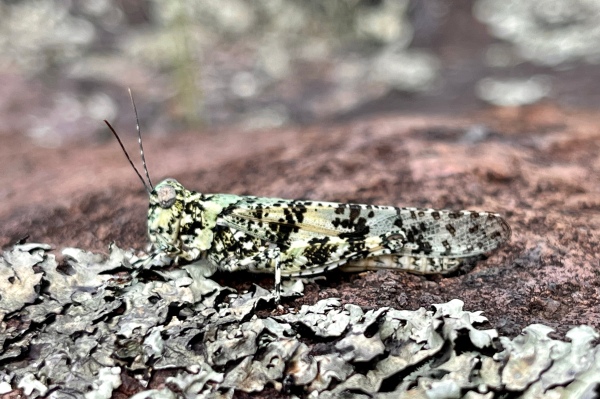
Hughes Mountain Natural Area
Again, like the previous spots today, the area looks lush and got more rain last night, but the numbers of beetles in the ethanol-red wine trap was not quite as overwhelming as in other locations. Nevertheless, there still a lot and two very good species : Sphenostethus taslei and Purpuricenus paraxillaris! I’ve only seen the former once before in a bait trap at Victoria Glades, and I’m always happy to see more individuals of the latter (the first new species I ever discovered!). Other beetles in the trap were Eburia quadrigeminata, an undetermined elaphidiine, Strangalia luteicornis, Typocerus velutinus, Xylotrechus colonus, Cotinis nitida, Euphoria fulgida, and various elaterids (including many tiny ones that I didn’t collect). In what is becoming a familiar refrain, the ethanol-only trap again had lower numbers and diversity, with Cnestus mutilatus being the only species not also caught in the ethanol/red wine-baited trap. Sweeping herbaceous vegetation, both in xeric igneous prairie around Trap A and dry post oak woodland around Trap B, produced nothing. This was the last location I was able to visit this day because of the unexpectedly large amount of time it took to sort the large numbers of beetles in many of the traps, so I saved the last two locations for the next day.
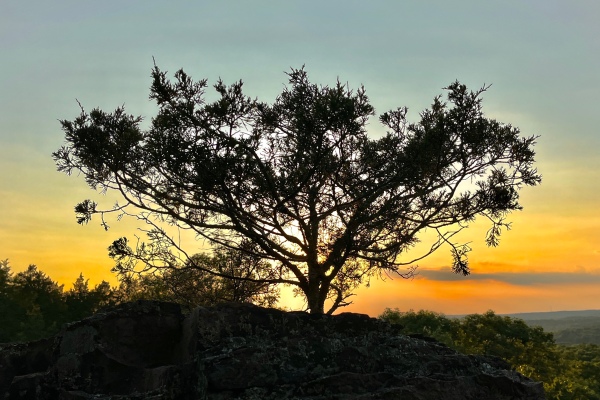
St. Joe State Park
Like other areas on this side of the state, the vegetation was lush and got even more rain two nights ago. I’d been very anxious to see this spot, as there is lots of Sideroxylon lanuginosum (gum bumelia) in the small xeric dolomite glades remnants and extensive surrounding areas of restored dry post oak woodland, which promise to yield Plinthocoelium suaveolens. Unfortunately, the ethanol/red wine trap was completely missing—not fallen or pulled down by raccoons, but more likely stolen by humans (I probably should have placed this trap further away from the nearby paved bicycle trail). This is first case of trap theft I’ve experienced in a long time. If they had to steal one of the traps, I wish it would have been the ethanol-only trap rather than the ethanol/red wine trap—the former haven’t produced nearly as well as the latter, thus the loss of data would have been less. The ethanol-only trap had only a few beetles representing E. quadrigeminata, Batyle suturalis, Dichelonyx sp., Elateridae, and Cnestus mutilatus. I did not replace the ethanol/red wine trap, but instead re-baited the ethanol-only trap with ethanol/red wine. This means I will need to drop this location from the bait comparison analysis, but I wanted to give myself the best chance for trapping Plinthocoelium, and ethanol/red wine is clearly the better bait for accomplishing this. Sweeping herbaceous vegetation in the xeric dolomite prairie near Trap A and dry post oak woodland around Trap B produced nothing, but I did see an impressive Mydas tibialis (golden legged mydas fly) visiting flowers of Eryngium yuccifolium (rattlesnake master) in the dry post oak woodland.

Salt Lick Point Land & Water Preserve
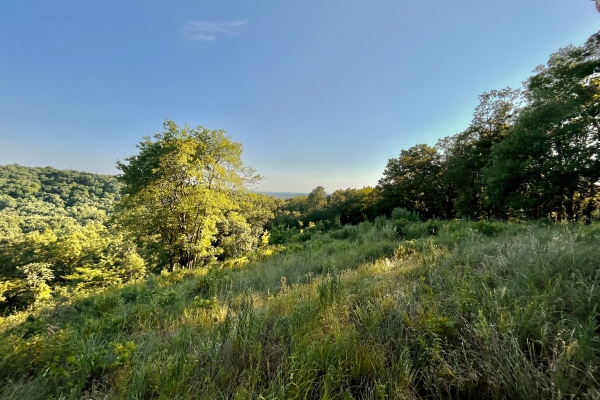
This is the only locality in Illinois that I placed traps—specifically because last fall I saw good numbers of Sideroxylon lanuginosum (gum bumelia), host for Plinthocoelium suaveolens (bumelia borer), and one in particular that showed signs of active infestation. Plinthocoelium has not been recorded from Illinois, so a voucher specimen will be important for publishing the record. The area apparently had gotten decent rains to this point, with vegetation in the woodlands looking lush and that in more exposed situations showing a tinge of wilt. Anticipation turned to disappointment when I looked inside the ethanol/red wine trap (placed right next to the infested bumelia tree) and saw lots of Eburia quadrigeminata and elaphidiines but only one Neoclytus acuminatus and no Plinthocoelium or other cerambycids. The infested teee was again churning out frass at the base of the trunk, so the infestation remains active—I will consider bringing screen with me next time so I can place a skirt around the base of the tree and check periodically for the adult once it emerges. In addition to the cerambycids noted above, the ethanol/red wine had Cotinis nitida, Enoclerus sp., Elateridae, Cnestus mutilatus, and other miscellaneous beetles. The ethanol-only trap had lower numbers of beetles, with Neoclytus scutellatus and Lepturges sp. being the only longhorns not represented in the ethanol/red wine trap. Interestingly, the trap also contained a few Buprestidae, which have been scarce in traps to this point (Actenodes sp.—prob. A. acornis or A. simi, Anthaxia sp.—prob. A. cyanella or A. dichroa, and Agrilus sp. Both traps were re-baited with ethanol-red wine to increase the likelihood of picking up P. suaveolens during the remainder of this season, and I will accordingly drop this locality from the bait comparison analysis (along with St. Joe State Park due to the ethanol-red wine trap being stolen) as well, thus limiting the analysis to the remaining 10 locations in Missouri.
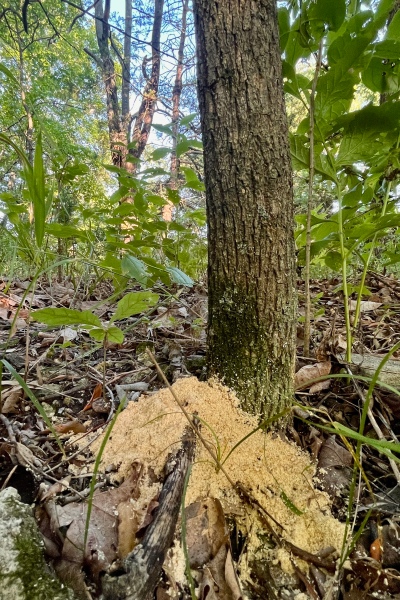
Sweeping herbaceous vegetation in the dry hilltop prairie near the traps produced nothing, but I did find a dead Lucanus capreolus (reddish brown stag beetle) dead on the trail though the dry-mesic upland deciduous forest leading up the them.

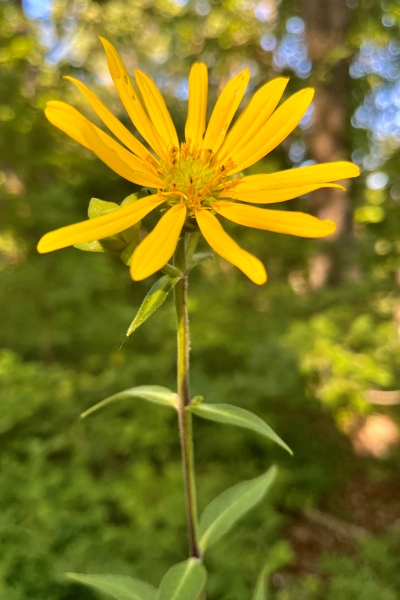
©️ Ted C. MacRae 2022







